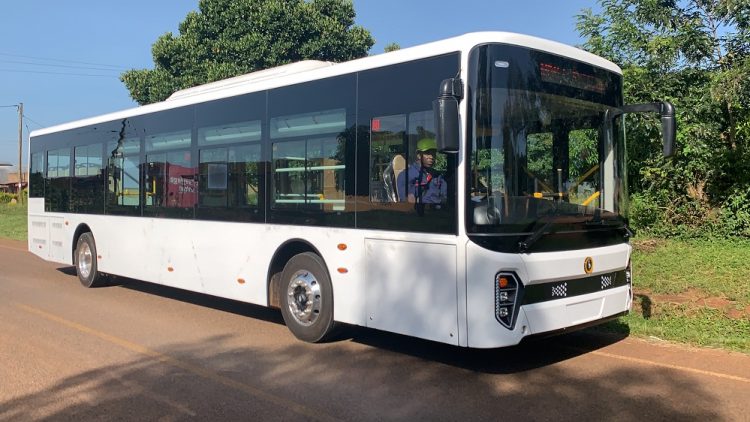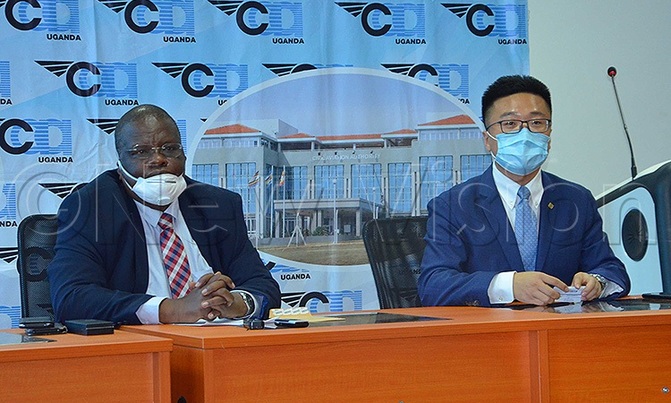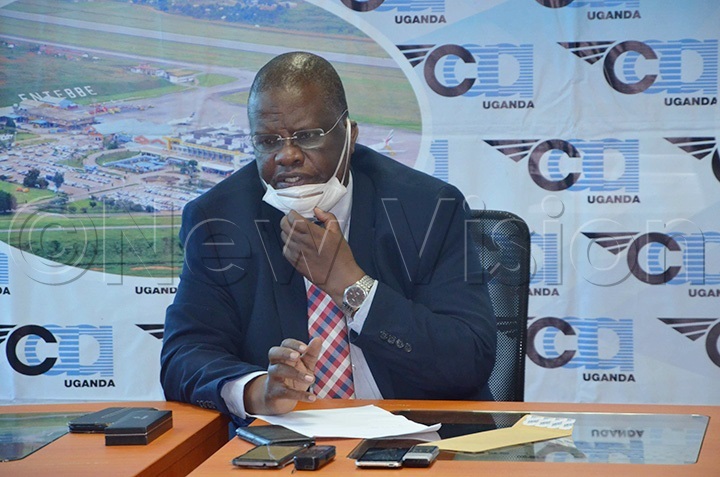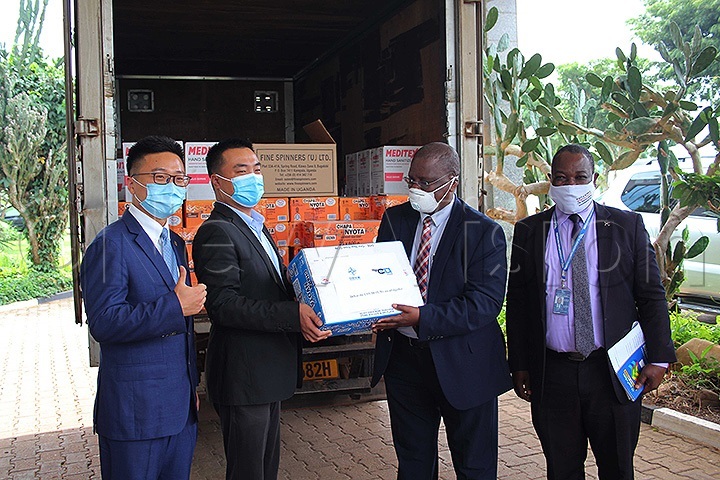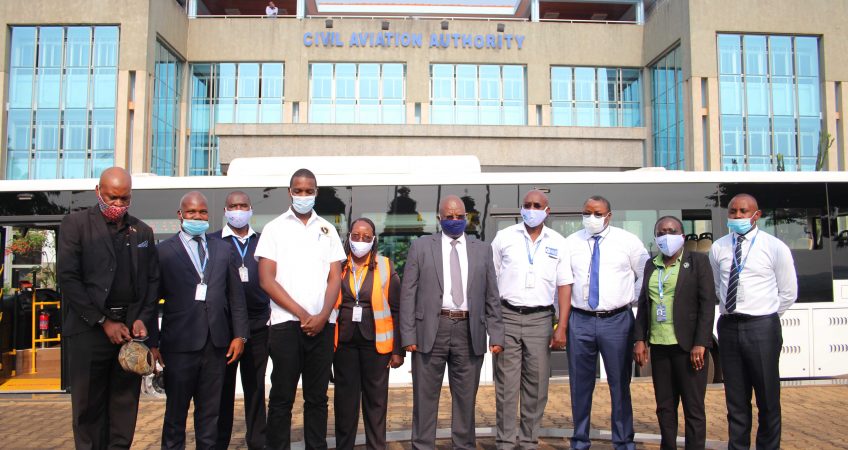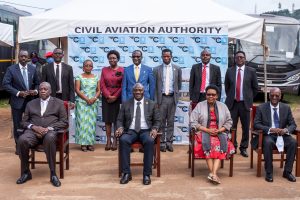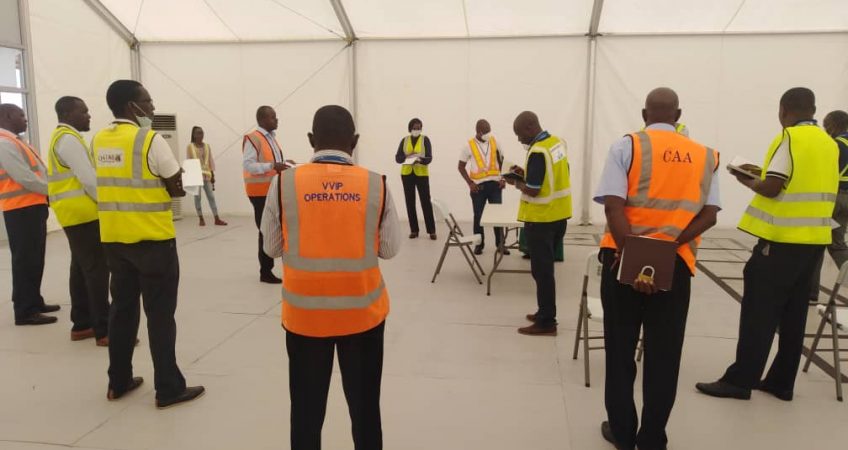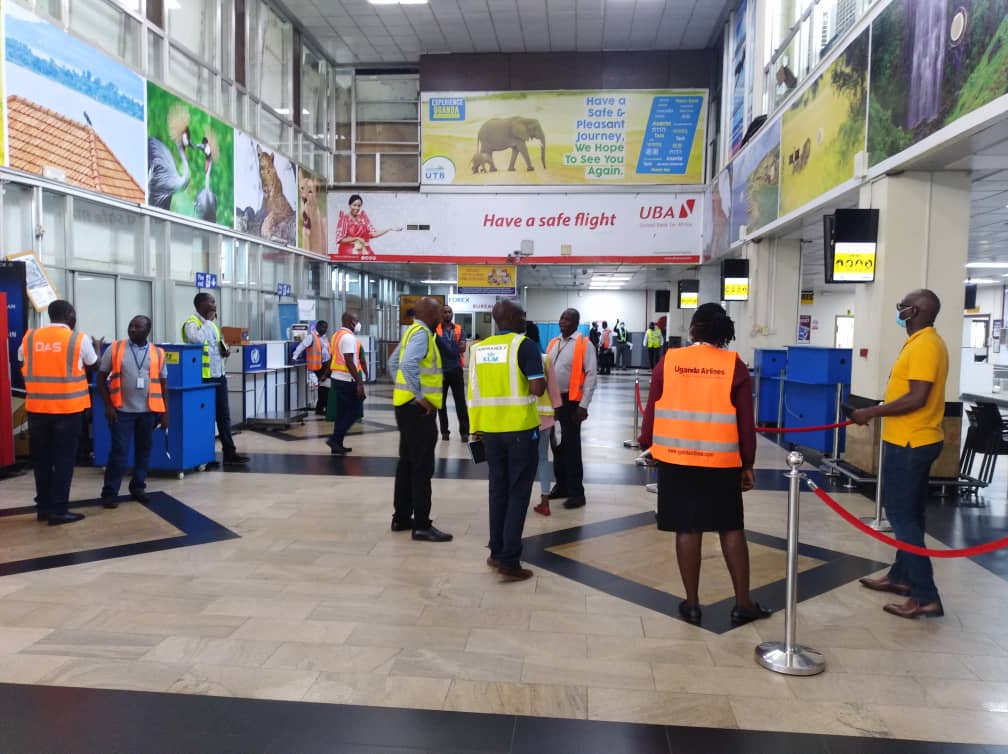| COVID-19:
Following the outbreak of Corona Virus (COVID-19) and the declaration of a Public Health Emergency of International Concern (PHEIC) by World Health Organization (WHO), the Government of the Republic of Uganda has given directives including Ministry of Health, escalating flight precautionary measures at all points of entry into Uganda.
The following procedures shall therefore apply:
1. All international passenger flights to and from Uganda aerodromes are suspended until 26 June 2020;
2. Foreign nationals who may require to be evacuated from Uganda to their home countries may be flown out provided that that the evacuating flight has no disembarking passengers and they are cleared by:
a) Ministry of Foreign Affairs (MoFA): protocoluganda@gmail.com / +256 414257525
b) Ministry of Health (MoH): ps@health.go.ug / +256 417712260
c) Ministry of Works And Transport (MoWT): mowt@works.go.ug / +256 414259322
3. Air traffic services and aerodrome services will be provided to the following operations;
a) Scheduled and non-scheduled cargo flights;
b) Aircraft in a state of emergency;
c) Operations related to humanitarian aid, medical and relief flights;
d) Overflights;
e) Alternate aerodromes identified in the flight plan (including those being used for extended diversion time operations (EDTOs));
f) Technical landings where passengers do not disembark;
g) Other safety-related operations.
4. For aircraft certified for carriage of passengers that are authorized by the State of Registry/Operator to carry cargo in the passenger compartment, the Operator is required to provide a copy of the authorization;
5. Air transportation of human remains into the country is suspended;
6. After disembarking of passengers and crew, the aircraft shall be sprayed for COVID-19 in accordance with the Operator’s arrangement with the approval of Ministry of Health;
a) Disembarking passengers shall;
i. upon arrival be subjected to temperature and physical screening. Samples will be taken to check for COVID-19 and the results will be communicated as per Ministry of Health (MoH)/ World Health Organisation (WHO) protocol;
ii. undergo mandatory quarantine at a government designated facility at their own expense under surveillance by health authorities;
iii. dispose of their masks and/or gloves used during travel in designated waste collection containers.
b) Disembarking crew shall;
i. upon arrival be subjected to temperature and physical screening. Samples will be taken to check for COVID-19 and the results will be communicated as per Ministry of Health (MoH)/ World Health Organisation (WHO) protocol;
ii. undergo mandatory quarantine at Protea Hotel Entebbe and Lake Victoria Hotel Entebbe for their rest period;
iii. dispose of their masks and/or gloves used during travel in designated waste collection containers.
7. For flight crew based in Uganda:
a) when crew members travel out of Uganda and return on the same day, they shall:
i. not be subjected to mandatory 14 days institutional quarantine if they do not disembark from the aircraft at the destination;
ii. be subjected to mandatory 14 days institutional quarantine if they disembark from the aircraft at the destination;
b) in the event that the crew members travel out of Uganda and do not return on the same day, they shall be subjected to mandatory 14 days institutional quarantine at premises designated by the Ministry of Health on return;
c) all crew members must fulfil the Port Health requirements at the airport/airstrip.
8. Uganda Civil Aviation Authority Aircraft Permits Office will operate as follows:
a) Day time – 8 hours (from 08:30 am to 04:30pm);
|

